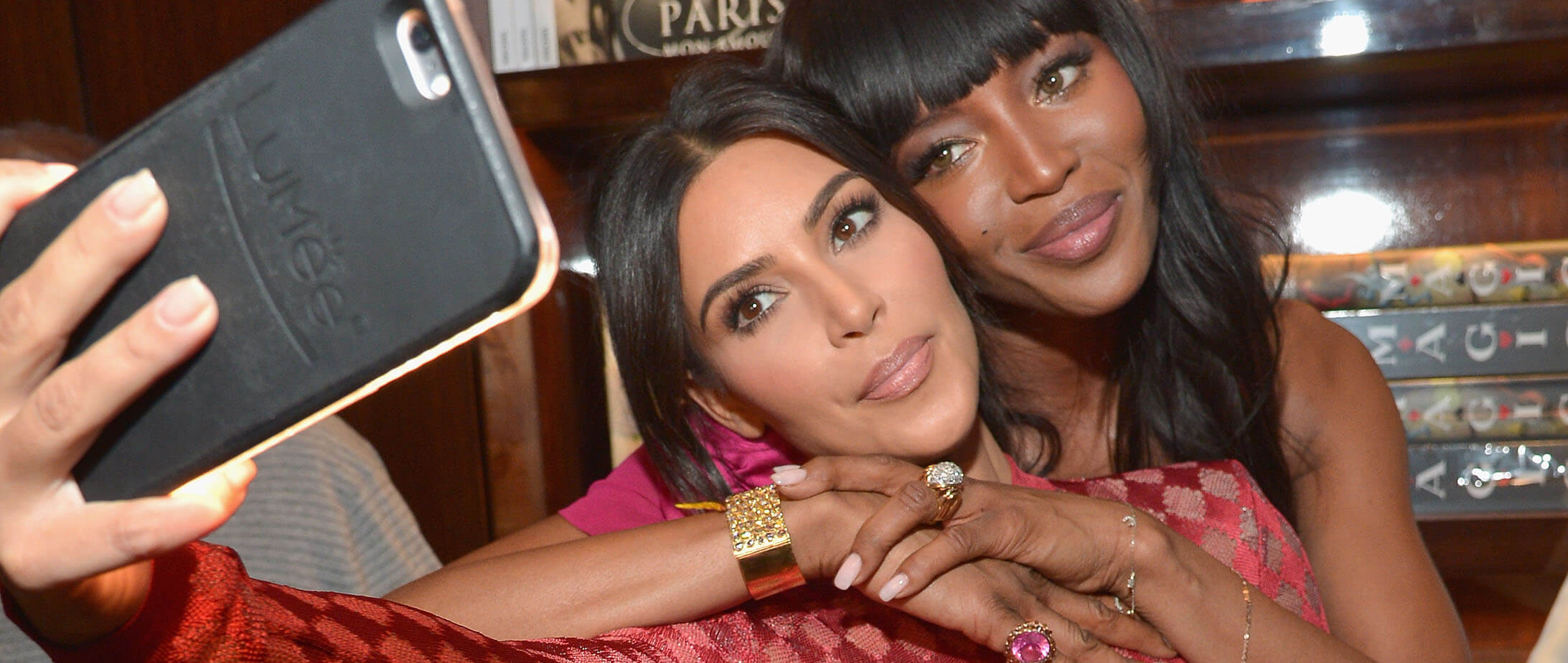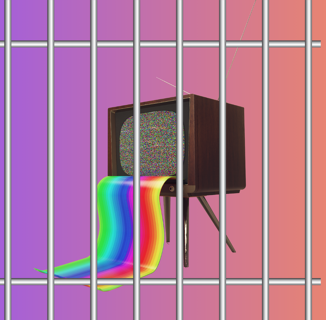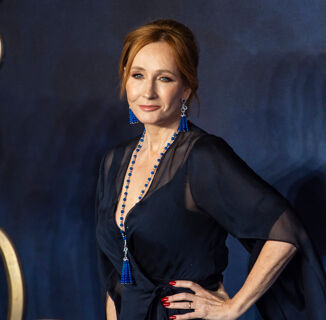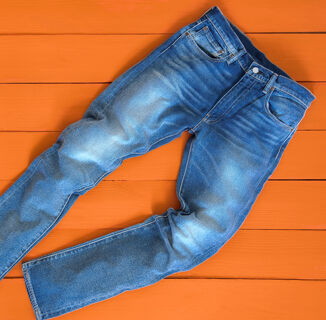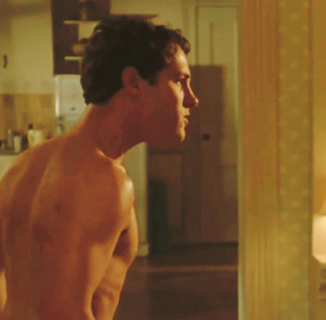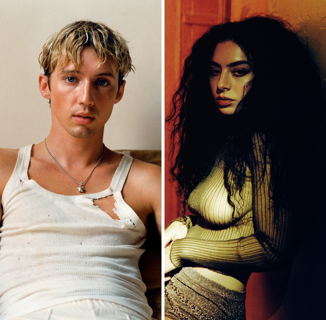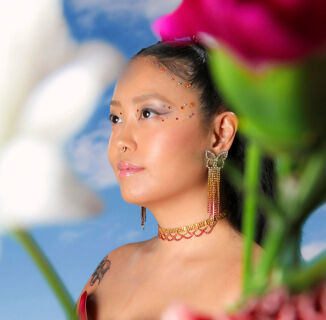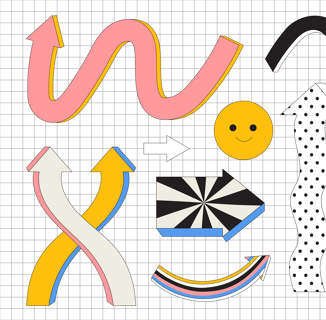Last month, London’s Saatchi Gallery caused a stir by opening the “world’s first-ever” selfie exhibition, “From Selfie to Self-Expression.” Alongside modern-day celebrity snapshots, the show house’s iconic self-portraits by the likes of Picasso and Frida Kahlo as well as images by Tracey Emin and Jean-Michel Basquiat. The gallery even held a “Selfie Prize,” allowing social media users worldwide to submit their own snapshots for inclusion in the exhibition.
In truth, it’s not a hugely radical move – some of the best moments in art history have come from self-portraits – but it’s still one which has sparked controversy. One reviewer called it an exercise in self-promotion for the gallery and pointed out its sponsorship by Huawei, but others were quick to highlight that the show does a good job of laying down the facts: the way we consume art has been irreversibly changed by modern technology.
In the past, huge amounts of skill and patience were required to create a self-portrait. Amateur chemist Robert Cornelius is said to have taken the first photographic selfie way back in 1839. To do so, he had to remove his camera lens cap, run into frame, sit perfectly still for five minutes, cover the lens and then develop the picture. Now, all it takes is the slide of a touchscreen and the click of a phone to create crystal-clear images. We’re lucky to grow up in a world which allows us to document the best bits of our own lives. Whether we’re creating carefully-staged thirst traps for Tinder profiles or just posing with family members on special occasions, most of us now utilize the advanced tools that poor Cornelius would have probably killed for.
There are, of course, consequences. Countless cultural criticshave discussed “millennials” in less than favorable terms, usually labeling modern youth as perpetually distracted, self-obsessed narcissists. This argument is often buoyed by links to reality TV stars like Kim Kardashian, who has released anthologies of her own selfies and documented her life on screen. She has become the poster child for vanity and is torn to shreds regularly for it – especially when her nudes come accompanied with a message of empowerment.
Other naked photos, however, are quickly stamped out by social media censorship, which is becoming increasingly vague. The #freethenipple movement has spread online in the form of countless topless selfies, whereas the body-positivity brigade has been using selfies to both spotlight and empower a series of beautiful bodies not often seen in the mainstream. Although frequently linked to low self-esteem and a worrying obsession with image, selfies can actually have the opposite effect – they can be a tool of empowerment, allowing us all to curate our own image.
The exhibition tagline, “Selfies to Self-Expression,” is also interesting in the sense that Instagram and various other platforms have allowed us to manipulate and distort our own image to craft personalities. They also present the opportunity to ask exactly to what extent we should be allowed to express ourselves. For example, images featuring menstrual blood and body hair are quickly filtered out, as proven by a recently-released book entitled Pics Or It Didn’t Happen. This is a conversation which also carries into the art world – the lines between art and porn have frequently been challenged , perhaps most famously by Jeff Koons and his gloriously tacky “Made In Heaven” series.
If anything, the threads linking these conversations prove one unequivocal fact – there’s nothing tacky or lowbrow about a selfie exhibition. Artists have been documenting their own image for centuries. Who’s to say that, given a smartphone and the right tools, Basquiat and Monet wouldn’t have been snapping the same selfies that most of us are today? The fact is that most of us now distill art history into Instagram posts which we share far and wide. We can take selfies at exhibitions, geotag our favorite museums, and curate our own nudes, using social media to create an image and a personality much like Kahlo and Basquiat did before. After all, the role of art is to act first and foremost as a cultural commentary – in that sense, the Saatchi is taking a step towards more accurately documenting the way that millennials frequently interact with their favorite artists.
Help make sure LGBTQ+ stories are being told...
We can't rely on mainstream media to tell our stories. That's why we don't lock our articles behind a paywall. Will you support our mission with a contribution today?
Cancel anytime · Proudly LGBTQ+ owned and operated
Read More in Culture
The Latest on INTO
Subscribe to get a twice-weekly dose of queer news, updates, and insights from the INTO team.
in Your Inbox

